Submetering Systems for Buildings - Design and Installation
1.
Submetering systems can break down your energy consumption and costs by business area, by building system, or by tenant.
2.
3.
Why
EOS Labs
Every consultant on our team has at least 10 years of experience in design, construction, maintenance, sustainability, or facilities management.
Buildings Served
energy savings
Risk-Free Service!
-
Credentials
-
Professional Engineers - PE
-
Certified Energy Manager – CEM
-
LEED ACP(BD+)
-
PhD
-
ISO 9001 Auditor
-
RFMP and more
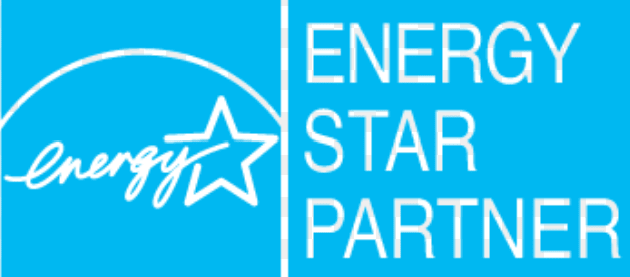
Submetering provides several advantages for building owners. You can determine the exact consumption of each building area, and prioritize energy efficiency upgrades based on this information. Submetering can also be used for internal energy billing in buildings with tenants, ensuring they are charged based on actual consumption and not floor area.
Depending on where your building is located, submetering may be required for compliance with local codes. For example, New York City enacted Local Law 88 of 2009, which requires submetering in tenant spaces larger than 5,000 sq.ft. The law takes effect in 2025, and it applies for buildings with a floor area of over 25,000 sq.ft. Submetering can also help you meet regulations that impose building emission limits, since you can determine which areas and equipment have the highest carbon footprint.
Submetering may also be required as part of a green building certification or a local energy incentive program. The LEED BD+C Certification for new constructions is an example of this, where you can earn credits for implementing advanced energy and water metering.

-
You can also combine submetering with the Utility Financial Intelligence Engine (UFIQ), our patent-pending energy management software. The UFIQ analyzes your consumption based on building operations and weather conditions, revealing site-specific opportunities to save energy. Our software is device-agnostic, offering compatibility with all smart meters used in the US.
Reducing the Energy Costs with Submetering
Submeters can be used to determine the exact energy consumption of each business area, providing useful cost data for managers.
You can also install dedicated submeters for key building systems such as HVAC, lighting, pumping equipment and data centers.
By having a detailed breakdown of your building energy consumption, you can determine which areas or MEP systems represent the largest fraction of your monthly bills. This way you can prioritize energy upgrades, lowering operating costs and increasing the ROI of your property.
The measurements collected by submeters over time are very useful when you get a professional energy audit for your building.
-
Energy consultants can easily identify opportunities based on historical consumption data, and they can recommend a list of high-ROI energy efficiency measures.
-
They can also analyze your energy consumption patterns throughout the year, and recommend an alternative electric tariff that will result in lower bills.
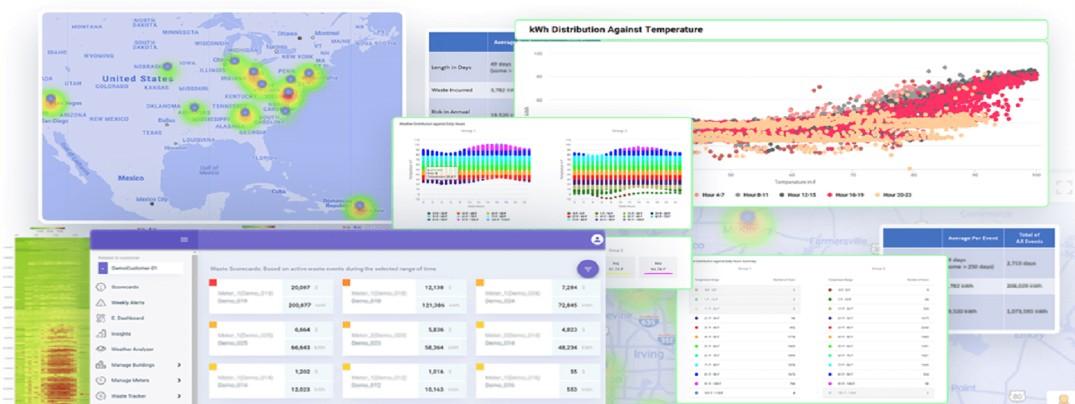
Using Tenant Submetering for Internal Energy Billing
Traditionally, building owners without submetering have used two methods when billing tenants for energy consumption: dividing total energy bills equally among tenants, or dividing bills based on the floor area occupied by each tenant.
If one tenant wastes energy, everyone else is affected.
If one tenant improves energy efficiency, the savings are shared with everyone.
Submetering makes tenants responsible for 100% of the energy they waste, but it also ensures they keep 100% of the energy savings they achieve. This creates an incentive to become efficient, which doesn’t exist when energy bills are split equally (per tenant or per square foot).
Using Submetering to Claim Energy Efficiency Incentives
Many local governments and utility companies have incentive programs for energy efficiency measures. Many of these programs have predetermined incentive rates, which normally depend on the type of measure and equipment capacities. However, some incentives are paid based on verified energy savings.
-
In these cases, savings must be demonstrated by measuring consumption over a specified period, after completing the energy upgrade.
-
Submetering can help you qualify for incentive programs that require verified savings.
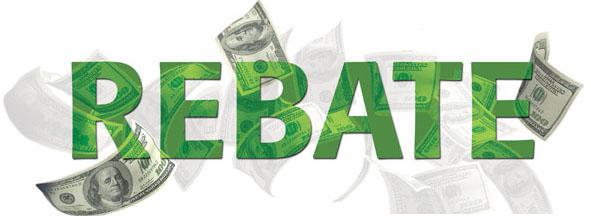
For example, an incentive program that focuses on air conditioning efficiency may calculate payments per kilowatt of measured demand savings, or per kilowatt-hour of annual savings. In this case, you can easily demonstrate results by submetering your HVAC systems.
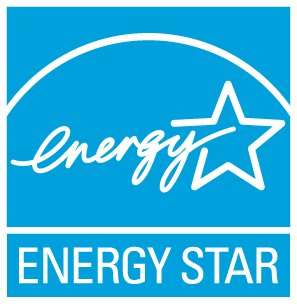
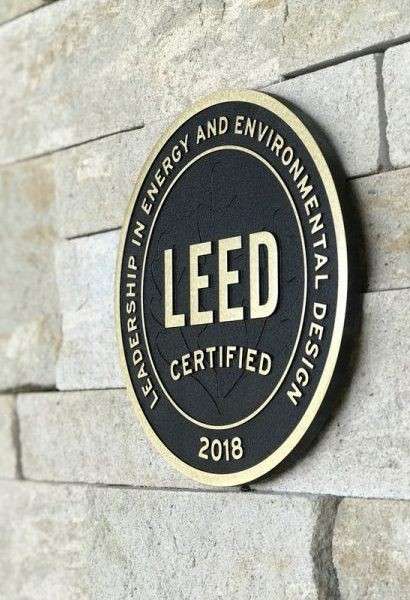

Using Submetering as Part of a Green Building Certification
There are many green building certifications available for building owners, including LEED and ENERGY STAR. Submetering can help you qualify for these certifications – in fact, some rating systems have included energy and water metering as direct requirements.
Building-level energy and water metering are mandatory requirements under the LEED rating system:
-
Energy and water submetering are among the elective requirements, and each of them contributes 1 point towards your score.
-
Considering that you need 40 points for the basic LEED Certification, submetering can help you achieve 5% of the minimum score.
The ENERGY STAR Certification does not address submetering directly, but you must prove that your building is among the top 25% most efficient of its type, nationwide. Submetering can be used to identify opportunity areas, and also to demonstrate performance after implementing energy-saving measures. When applying for the ENERGY STAR Certification for Buildings, you must use the EPA Portfolio Manager to submit energy consumption data.
Compliance with Local Building Codes and Climate Regulations
Submetering can be used to analyze building emissions, since it provides a detailed breakdown of energy consumption. When building owners know their consumption by area or by system, they can also estimate the associated emissions.
-
There are several US cities who are currently implementing building emission limits.
-
The list includes Boston, New York City, San Francisco and Washington DC.
Building emission laws normally establish limits based on property type and floor area, with a financial penalty for emissions over the respective limit. Using energy submetering, building owners can identify the main sources of emissions. This allows targeted investments that will cut emissions effectively.
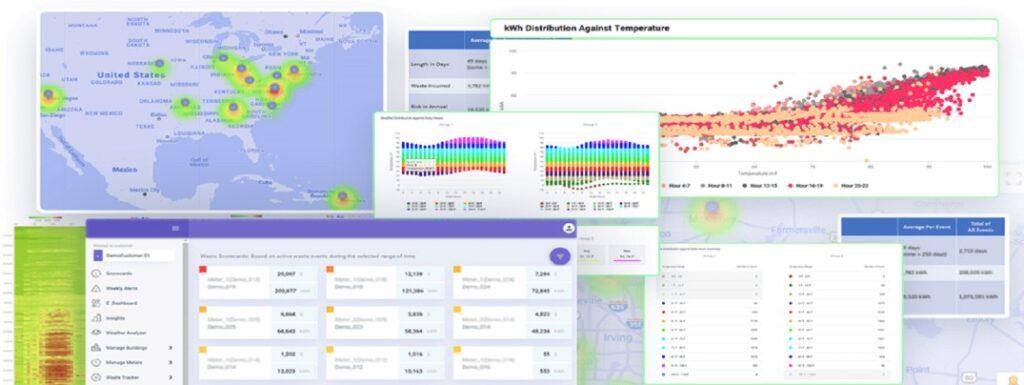
Compliance with Local Building Codes and Climate Regulations
Submetering can be used to analyze building emissions, since it provides a detailed breakdown of energy consumption. When building owners know their consumption by area or by system, they can also estimate the associated emissions.
-
There are several US cities who are currently implementing building emission limits.
-
The list includes Boston, New York City, San Francisco and Washington DC.
Building emission laws normally establish limits based on property type and floor area, with a financial penalty for emissions over the respective limit. Using energy submetering, building owners can identify the main sources of emissions. This allows targeted investments that will cut emissions effectively.
